Navigating the Regulatory Landscape: Antimicrobial Additives and Compliance Challenges
In the ever-evolving world of healthcare and consumer products, antimicrobial additives have become an integral part of our daily lives. These substances, which include agents that inhibit the growth of bacteria, fungi, and viruses, play a crucial role in preventing the proliferation of harmful microorganisms. From medical devices that require sterility to household items like cleaning products and textiles, antimicrobial additives are increasingly common. However, as their use becomes more widespread, manufacturers face a complex web of regulatory requirements that vary across different regions, posing significant compliance challenges.
Understanding the Regulatory Landscape
The regulatory landscape surrounding antimicrobial additives is an intricate tapestry woven by various governing bodies and organizations. Each region has its own set of rules and guidelines, designed to ensure the safety and efficacy of these substances. Understanding this landscape is essential for manufacturers who wish to navigate the compliance maze effectively.
The FDA’s Guidance on CGMP Regulations
In the United States, the Food and Drug Administration (FDA) plays a pivotal role in regulating antimicrobial additives. The agency’s guidance on Current Good Manufacturing Practice (CGMP) regulations mandates that firms producing sterile drug products relying on ISO standards for facility qualification must also consider other CGMP requirements. These include rigorous process validation, which ensures that manufacturing processes consistently produce products meeting predetermined specifications, and the monitoring of environmental conditions to prevent contamination. Compliance with CGMP is not just a regulatory requirement; it is a commitment to quality and safety that manufacturers must uphold to protect public health.
The EPA’s Stance on Antimicrobial Surface Coatings
The Environmental Protection Agency (EPA) takes a keen interest in antimicrobial surface coatings and films. These products are required to be labeled as “supplemental residual antimicrobial surfaces,” emphasizing that they do not meet the same standards as standalone disinfectants. This distinction is crucial because it informs consumers and manufacturers alike about the limitations of these products. Manufacturers must adhere to specific labeling and testing standards set forth by the EPA’s guidance for registering antimicrobial products with residual efficacy claims. This includes rigorous testing to demonstrate that the product maintains its antimicrobial properties over time, ensuring that consumers receive products that are both effective and safe to use.
The WHO’s Global Antimicrobial Resistance and Use Surveillance System
On a global scale, the World Health Organization (WHO) has developed guidelines for antimicrobial stewardship, emphasizing the importance of education and support for healthcare professionals to optimize antimicrobial use and reduce antimicrobial resistance (AMR). AMR is a pressing global health issue that arises when microorganisms evolve to resist the effects of antimicrobial agents, rendering treatments ineffective. The WHO’s Global Antimicrobial Resistance and Use Surveillance System (GLASS) aims to monitor and standardize antimicrobial use data, providing a crucial foundation for informed policymaking. By collecting and analyzing data on antimicrobial use and resistance patterns, GLASS helps countries develop strategies to combat AMR and promote the responsible use of antimicrobial products.
Compliance Challenges Faced by Manufacturers
Despite the well-intentioned efforts of regulatory bodies, manufacturers often find themselves navigating a complex maze of compliance challenges. These challenges can vary widely depending on the region, the type of product, and the specific regulatory requirements in place. Here are some of the key hurdles they face:
- Reporting Antimicrobial Use Data: Accurate reporting of antimicrobial use data is essential for effective monitoring and policymaking. However, manufacturers often struggle to meet these reporting requirements, particularly in the absence of robust surveillance systems. Many companies lack the infrastructure necessary to collect and report data consistently, leading to gaps in information that can hinder regulatory efforts and public health initiatives.
- Varying Regional Requirements: The regulatory requirements for antimicrobial additives can vary significantly across different regions, making it challenging for manufacturers to ensure compliance across multiple markets. For example, a product that meets the standards in the United States may not necessarily comply with regulations in Europe or Asia. This regional variability can create confusion and increase the cost of compliance, as manufacturers must often adapt their products and processes to meet different regulatory demands.
- Complex Testing and Labeling Standards: Manufacturers must adhere to specific testing and labeling standards, which can be complex and resource-intensive. The process of obtaining the necessary approvals can be lengthy and expensive, requiring extensive documentation and evidence of safety and efficacy. Failure to comply with these standards can result in costly penalties and potential product recalls, which can damage a manufacturer’s reputation and financial stability.
- Lack of Standardized Surveillance Methods: While initiatives like the WHO’s GLASS system aim to standardize antimicrobial use data collection, many regions still lack robust surveillance methods. This inconsistency makes it difficult for manufacturers to accurately report and comply with regulations. Without standardized methods, it becomes challenging to assess the effectiveness of antimicrobial products and monitor their impact on public health.
Addressing the Challenges: A Collaborative Effort
Overcoming these compliance challenges requires a collaborative effort involving manufacturers, regulatory bodies, and other stakeholders. By working together, these groups can develop practical solutions that benefit public health and ensure the responsible use of antimicrobial additives. Here are some potential strategies:
- Investing in Robust Data Collection Systems: Manufacturers should prioritize the development and implementation of robust data collection systems to accurately track and report antimicrobial use data. This investment can enhance transparency and improve compliance with regulatory requirements. By utilizing advanced data analytics and reporting tools, manufacturers can streamline their processes and ensure that they meet the necessary reporting standards.
- Fostering Industry-Regulator Collaboration: Regular dialogue and collaboration between manufacturers and regulatory bodies can help identify and address compliance challenges, leading to more practical and effective regulations. By establishing open lines of communication, both parties can gain insights into the challenges faced in the industry and work together to develop solutions that enhance compliance without compromising safety.
- Promoting Standardization and Harmonization: Efforts should be made to standardize and harmonize regulatory requirements across different regions. This can reduce the burden on manufacturers and ensure consistent compliance. By aligning regulations, manufacturers can streamline their operations and focus on producing safe and effective products without the added complexity of navigating multiple regulatory frameworks.
- Embracing Technological Advancements: Leveraging emerging technologies, such as blockchain and digital traceability systems, can enhance transparency and accountability in the supply chain, facilitating compliance with regulatory requirements. These technologies can help manufacturers track their products from production to distribution, ensuring that they meet safety standards and regulatory requirements at every stage of the process.
- Encouraging Consumer Education: Educating consumers about the responsible use of antimicrobial products and the importance of compliance can create a demand for manufacturers to prioritize regulatory adherence. By raising awareness of the benefits and limitations of antimicrobial additives, consumers can make informed choices and support manufacturers that adhere to best practices.
Conclusion
As the use of antimicrobial additives continues to grow, navigating the regulatory landscape becomes increasingly complex for manufacturers. While compliance challenges persist, addressing them through collaborative efforts, standardization, and technological advancements can pave the way for a more harmonized and effective regulatory environment. By working together, manufacturers, regulatory bodies, and stakeholders can ensure the safe and responsible use of antimicrobial additives, ultimately safeguarding public health and promoting a sustainable future.
Sources:
- FDA guidance on Current Good Manufacturing Practice regulations
- EPA guidance for products adding residual efficacy claims
- WHO guidelines for antimicrobial stewardship and surveillance
- San Francisco municipal ordinance on antimicrobial use reporting
This article is generated help of SafeComs AI, Automation Bot. to do that.
.




